With unemployment at a 30-year low, hiring and retaining new talent has created new challenges for human resource managers. Whereas recruiters relied on a seemingly endless pool of potential employees in past decades, the current tight labor market has led to a focus on alternative training and recruiting practices.
A growing number of companies — including Google, which recently invested $1 billion to fight the skills gap — are seeing the benefits of upskilling current employees. Instead of waiting for a candidate with the requisite degree or certification to apply for a job, proponents of upskilling take a “hire now and train later” approach.
But even with the benefits of upskilling, companies still need new hires. Talent pipelining, a new holistic approach to hiring, is showing promise as a tool to attract new workers.
How Upskilling Helps Companies Fight the Skills Gap
Upskilling is more than a short-term solution to problems posed by a tight labor market and ongoing shortage of skilled workers. The emphasis on continuing education for current employees is a way to anticipate new jobs that don’t exist yet.
In a 2017 article by HRDive, Sarah O’Brien, global insights director of Talent Solutions at LinkedIn, said that 85 percent of the job titles in 2030 don’t even exist yet.
“Employers can get ahead by identifying high performers and providing them with ongoing opportunities to develop new or transferable skills,” she said. Implementing such initiatives is a great way to attract new candidates that you want, too, she added, “as 73% of digitally talented employees prefer to join organizations known for their upskilling and training programs.”
Cloud technology, big data, advanced robotics, automated transportation, AI and machine learning, advanced materials, biotech, and genomics are some of the key drivers advancing the workforce, according to the World Economic Forum.
In the 2017 HRDive article, Kathleen Downs, senior vice president of Robert Half Finance & Accounting, said staying on top of trends requires providing relevant training for emerging capabilities.
“Professionals will need three types of skills: technical, soft and technology,” she said. “The need for technical, functional expertise will never go away. However, soft skills are often as important — or even more so as professionals advance in their careers. Technology proficiency, including general aptitude and curiosity for it, is mandatory for nearly all positions,” she said. ” But don’t stop your professional development program there. Also coordinate mentor relationships and job rotations to help employees expand their skills and learn different perspectives.”
Benefits of Recruiting through Talent Pipelines
The talent pipeline approach to hiring views recruitment as a process, not a box to be checked. Whereas traditional models for hiring relied on job opening announcements to attract potential hires, recruiting through talent pipelines requires having a list of potential employees on hand.
“Talent pipelining requires you to build relationships with passive talent for future opportunities,” said Ben Slater, VP for growth at Beamery. “Developing a talent pipeline requires a company to shift from reactive to proactive recruiting. You’re no longer thinking about filling open roles. You have to consider who your company will want in the future and who they should eventually hire.”
After speaking with 597 talent leaders, Beamery released its State of Talent Acquisition last year. Proactive recruiting was cited as a “major priority” by 82 percent of respondents, and talent pipelining ranked as the number one priority for 32 percent of talent recruiters.
The benefits of using the talent pipeline approach, according to Slater, include: better quality hires, less rush to fill vacancies, the ability to engage passive hires who aren’t actively looking for new work, less reliance on brand for recruitment, increased diversity and a better candidate experience.
Slater highlighted three steps for creating talent pipelines. First, identify your targets. This step could be as simple as articulating the number of candidates and their potential starting salaries. A deeper process, though, requires an understanding of the ideal new hire’s persona (the culmination of an employee’s personality, skills and traits). Second, fill the pipeline. The most obvious list for pipeline candidates should come from past applicants, the “silver medalists,” as Slater describes them. Third, engage your pipeline.
“The key to successful candidate nurture is understanding how to engage candidates in a time efficient way without overloading them with messages or being irritating or spammy,” Slater said. “It’s a delicate balance to strike.”
The realities of a tight labor market aren’t leaving anytime soon. Companies are increasingly relying on new recruiting techniques to fill staffing shortages. The online Master of Business Administration from the University of Northern Colorado includes a course on talent management, which focuses on strategic human resources planning and staffing. Other courses cover job analysis, recruiting and retention. A forward-looking MBA is one way to stay ahead of trends within the growing HR management techniques of upskilling and talent pipelining.
Learn more about the UNC online MBA with a Concentration in Human Resource Management.
Sources:
HRCI: Upskilling Takes on New Importance for Workers and Employers Alike
Beamery: Talent Pipelines: Definition, Strategy, Benefits, and Tactics
HRDive: Google Announces $1 Billion to Fight the Skills Gap
HRDive: A New Challenge: Recruiting for Jobs that Don’t Exist Yet.
HRDive: 10 Trends That Will Shape HR in 2018
